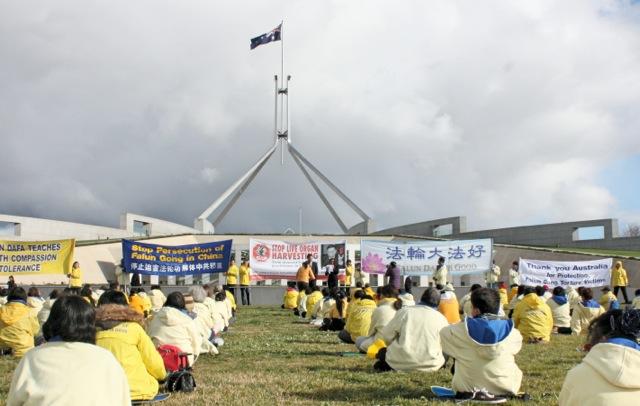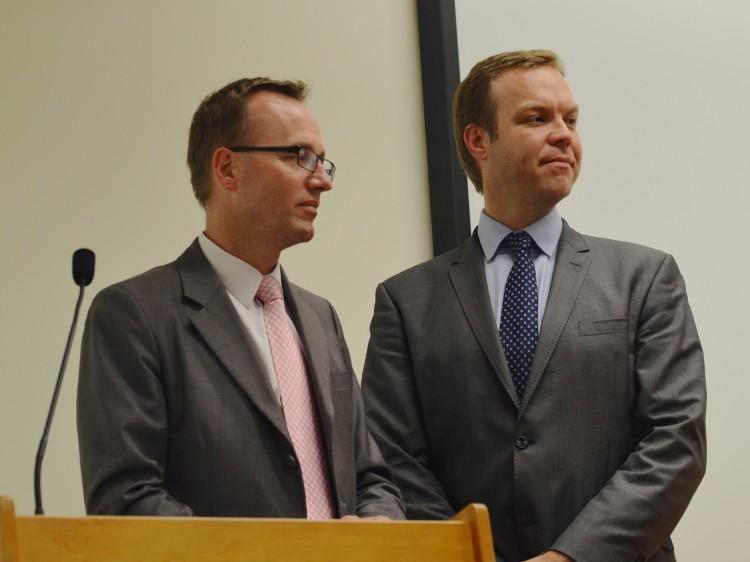SYDNEY—Japan has taken export trade to a new level with recycled sewage water set to be a new profit venture.
The Ministry of Land, Infrastructure, Transport, and Tourism announced that it will conduct an experiment exporting highly treated sewage water from Chiba and Kawasaki cities to Australia.
Companies involved in the experiment include Hitachi Plant Technologies Ltd. Hitachi plans to start trial exports this fall, moving into commercial sale by 2012.
The venture may bring millions of dollars to the island nation with an area smaller than California, and a population of 127 million.
On Monday July 4, the state of Western Australia, home to major mining companies such as Rio Tinto, agreed to cooperate in the experiment.
According to Japanese transport ministry officials, Australian mining companies currently use fresh water deemed fit for drinking that has been converted from seawater. This costs the companies around $3.9 per ton, while the Japanese recycled water will presumably be less.
Australia, whose annual rainfall is less than 23.6 inches for 80 percent of its territory, is facing a water shortage. That figure is less than one-third of the rainfall in Tokyo.
In Japan, about 15.4 billion tons of treated sewage water is produced a year, but only 1.5 percent of that was reused in fiscal 2007, according to a report in the Asahi newspaper.
Reclaimed water, sometimes called recycled water, has been treated to remove solids and certain impurities, and then largely used for commercial purposes, like irrigation, dust control or fire suppression.
The cost of reclaimed water exceeds that of potable water in many regions of the world, where a fresh water supply is plentiful.
While there is still debate about possible health and environmental effects with using reclaimed water, in some localities it has been used for decades.
Los Angeles County’s sanitation districts have provided treated wastewater for landscape irrigation in parks and golf courses since 1929. The first reclaimed water facility in California was built at San Francisco’s Golden Gate Park in 1932.
The Ministry of Land, Infrastructure, Transport, and Tourism announced that it will conduct an experiment exporting highly treated sewage water from Chiba and Kawasaki cities to Australia.
Companies involved in the experiment include Hitachi Plant Technologies Ltd. Hitachi plans to start trial exports this fall, moving into commercial sale by 2012.
The venture may bring millions of dollars to the island nation with an area smaller than California, and a population of 127 million.
On Monday July 4, the state of Western Australia, home to major mining companies such as Rio Tinto, agreed to cooperate in the experiment.
According to Japanese transport ministry officials, Australian mining companies currently use fresh water deemed fit for drinking that has been converted from seawater. This costs the companies around $3.9 per ton, while the Japanese recycled water will presumably be less.
Australia, whose annual rainfall is less than 23.6 inches for 80 percent of its territory, is facing a water shortage. That figure is less than one-third of the rainfall in Tokyo.
In Japan, about 15.4 billion tons of treated sewage water is produced a year, but only 1.5 percent of that was reused in fiscal 2007, according to a report in the Asahi newspaper.
Reclaimed water, sometimes called recycled water, has been treated to remove solids and certain impurities, and then largely used for commercial purposes, like irrigation, dust control or fire suppression.
The cost of reclaimed water exceeds that of potable water in many regions of the world, where a fresh water supply is plentiful.
While there is still debate about possible health and environmental effects with using reclaimed water, in some localities it has been used for decades.
Los Angeles County’s sanitation districts have provided treated wastewater for landscape irrigation in parks and golf courses since 1929. The first reclaimed water facility in California was built at San Francisco’s Golden Gate Park in 1932.


